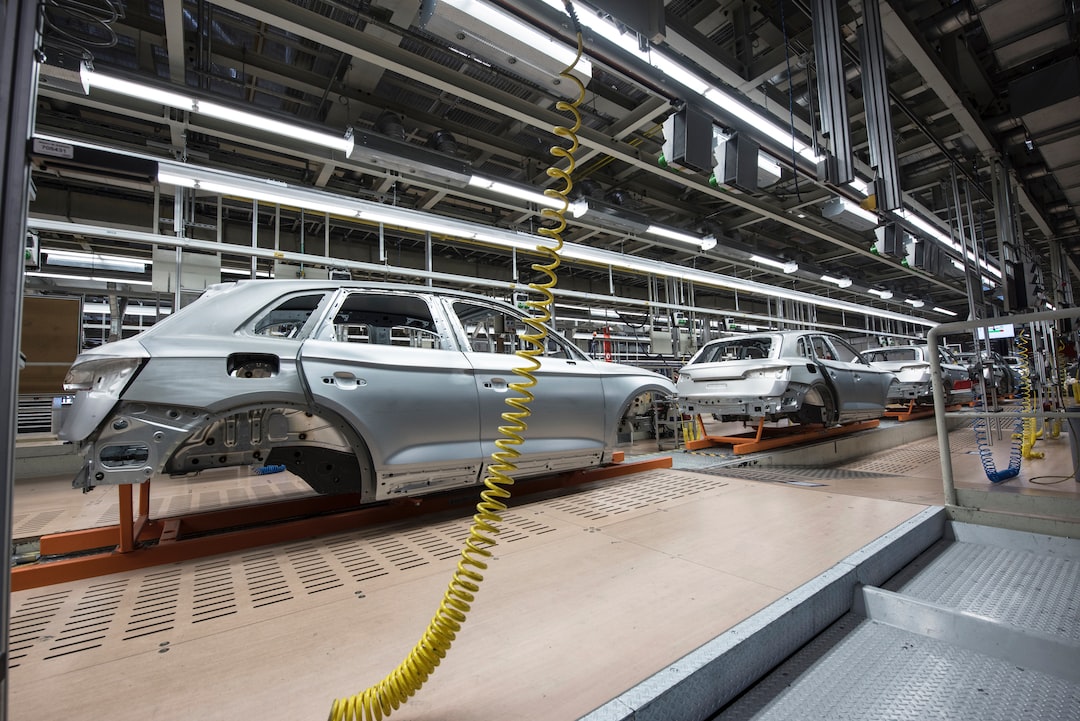As technology continues to advance at a rapid pace, the automotive industry is no exception to the wave of innovation. With safety being a primary concern for both car manufacturers and consumers, car safety features have seen remarkable progress over the years. Looking ahead to 2023, here are some innovative car safety features that are worth keeping an eye on.
1. Automatic Emergency Braking (AEB):
Automatic Emergency Braking (AEB) is not a new concept, but its implementation and improvement are expected to take center stage in 2023. AEB uses sensors, cameras, and radars to detect potential collisions and automatically applies the brakes to prevent or mitigate an impact. The next generation of AEB is likely to have better accuracy and response times, making it an indispensable safety feature.
2. Blind Spot Monitoring (BSM):
Blind Spot Monitoring (BSM) has become increasingly common in recent years, but its capabilities are expected to become even more robust by 2023. BSM uses sensors and cameras to alert drivers of vehicles in their blind spots, reducing the risk of lane change accidents. Look for more advanced BSM systems that offer augmented reality overlays on side mirrors or windshields, providing a clearer view of the blind spot.
3. Driver Monitoring Systems (DMS):
Driver fatigue and distraction are major contributors to accidents. To address this issue, car manufacturers are developing Driver Monitoring Systems (DMS) that employ advanced technologies such as artificial intelligence and facial recognition. These systems continuously monitor the driver’s attentiveness, alertness, and eye movement, providing real-time warnings if the driver gets drowsy or distracted. By 2023, DMS is likely to become a standard safety feature in most vehicles.
4. Intersection Collision Warning (ICW):
Intersections are notorious accident hotspots, and Intersection Collision Warning (ICW) is designed to reduce the risk of collisions in these areas. ICW uses GPS, radar, and vehicle-to-vehicle communication to detect approaching vehicles from different directions and alerts drivers to potential collisions. In the coming years, ICW is expected to become more accurate and reliable, ensuring safer maneuvers at intersections.
5. Advanced Driver Assistance Systems (ADAS):
Advanced Driver Assistance Systems (ADAS) have improved significantly in recent years, and they are set to become even more advanced by 2023. ADAS includes a range of safety features such as adaptive cruise control, lane-keeping assist, and automatic high beam control. The integration of ADAS components is expected to be seamless and intelligent, providing drivers with smoother and safer experiences.
6. Cybersecurity Enhancements:
As cars become more connected, the threat of cyber attacks becomes a significant concern. Manufacturers are investing heavily in cybersecurity enhancements to protect vehicles from malicious intrusions. In the near future, expect to see advanced firewalls, encryption methods, and secure over-the-air updates to ensure the integrity and safety of connected cars.
7. Vehicle-to-Everything (V2X) Communication:
Vehicle-to-Everything (V2X) communication is a technology that enables communication between vehicles, infrastructure, pedestrians, and even other road users such as bicyclists. By 2023, V2X is expected to become an integral part of car safety, allowing vehicles to exchange information about their speed, position, and intentions. This technology has the potential to revolutionize road safety by proactively alerting drivers to potential hazards and accidents.
8. Augmented Reality (AR) Head-Up Displays (HUDs):
Head-Up Displays (HUDs) have been around for some time, but advancements in augmented reality technology are expected to enhance their capabilities. AR HUDs project vital information such as speed, navigation, and warnings directly onto the windshield, eliminating the need for drivers to look away from the road. In the coming years, AR HUDs are likely to become more immersive and customizable, providing drivers with a seamless and safer driving experience.
In conclusion, as 2023 approaches, car safety features are set to reach new heights. From enhanced emergency braking systems to advanced driver monitoring and connectivity, the future of automotive safety is promising. Whether you’re in the market for a new car or planning to upgrade your current one, keeping an eye on these innovative features will ensure that you stay at the forefront of car safety technology. Remember, safety should always be the top priority on the road!

